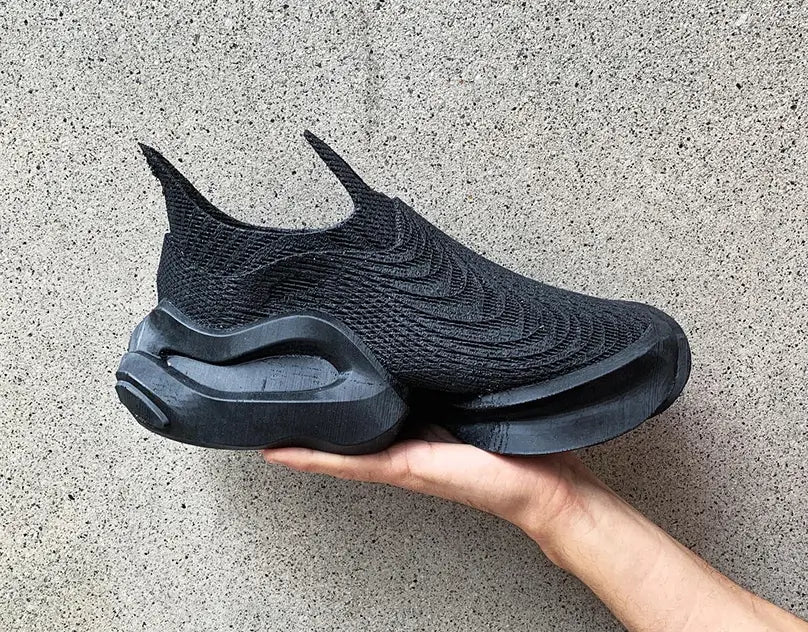Advantages of Rapid Prototyping with 3D Printing
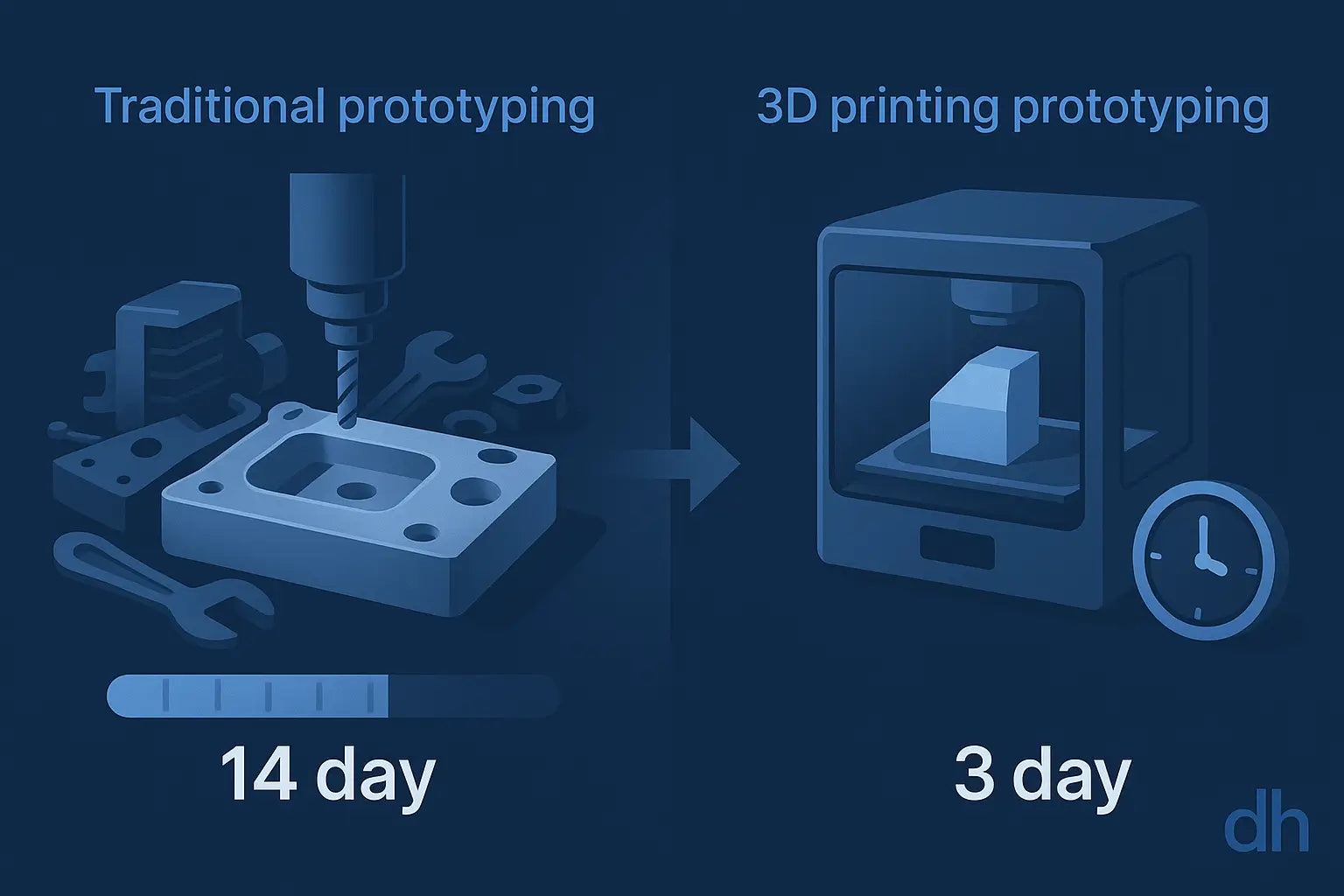
What Is Rapid Prototyping?
Why 3D Printing Is the Smartest Way to Prototype
Faster Product Validation
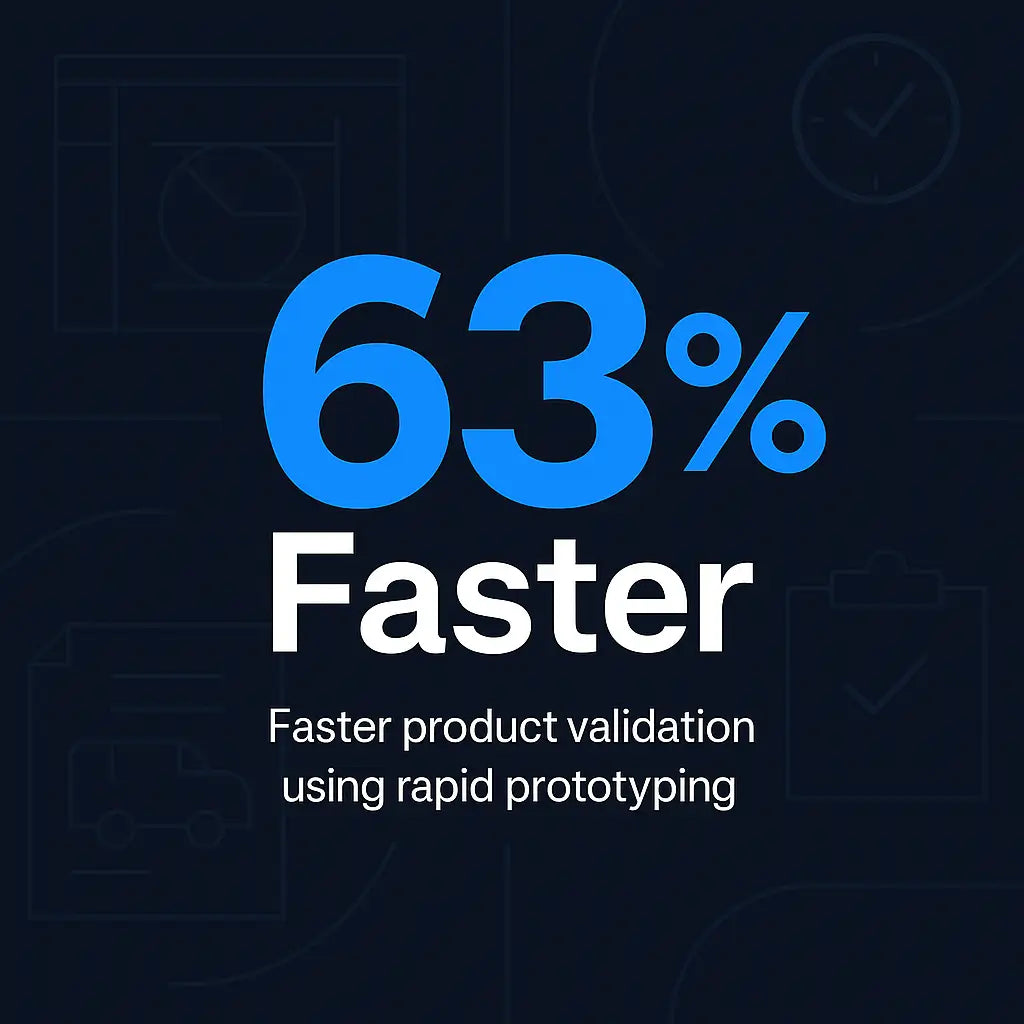
Cost Efficiency at Low Volumes
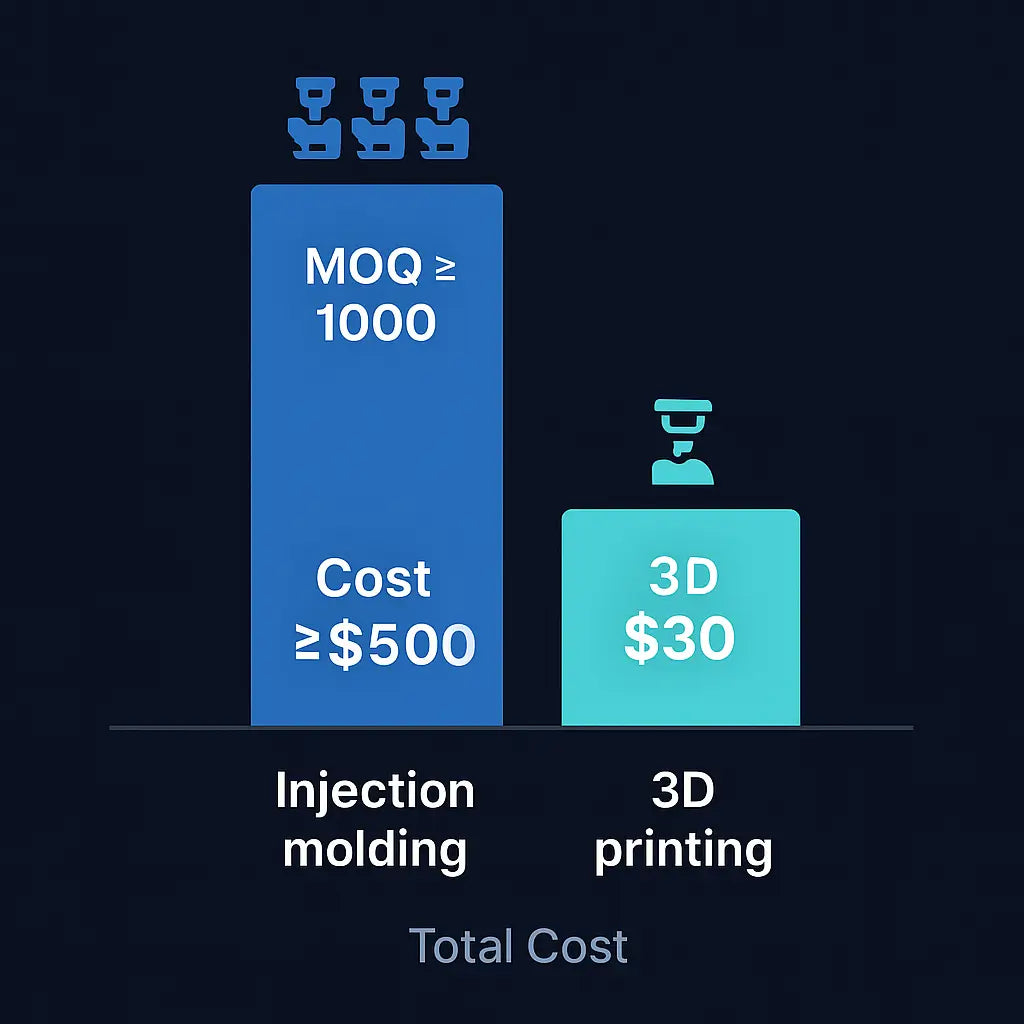
Design Without Limits
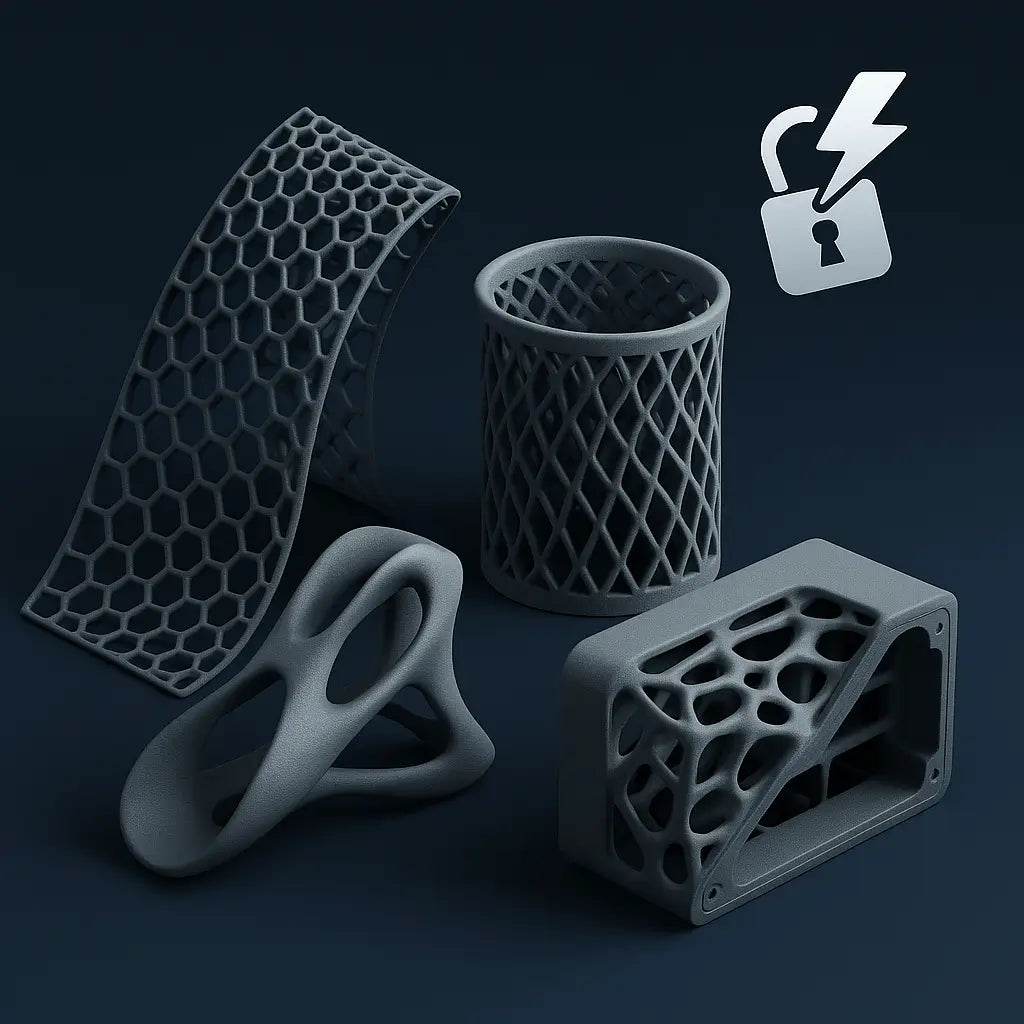
Iteration Without Friction
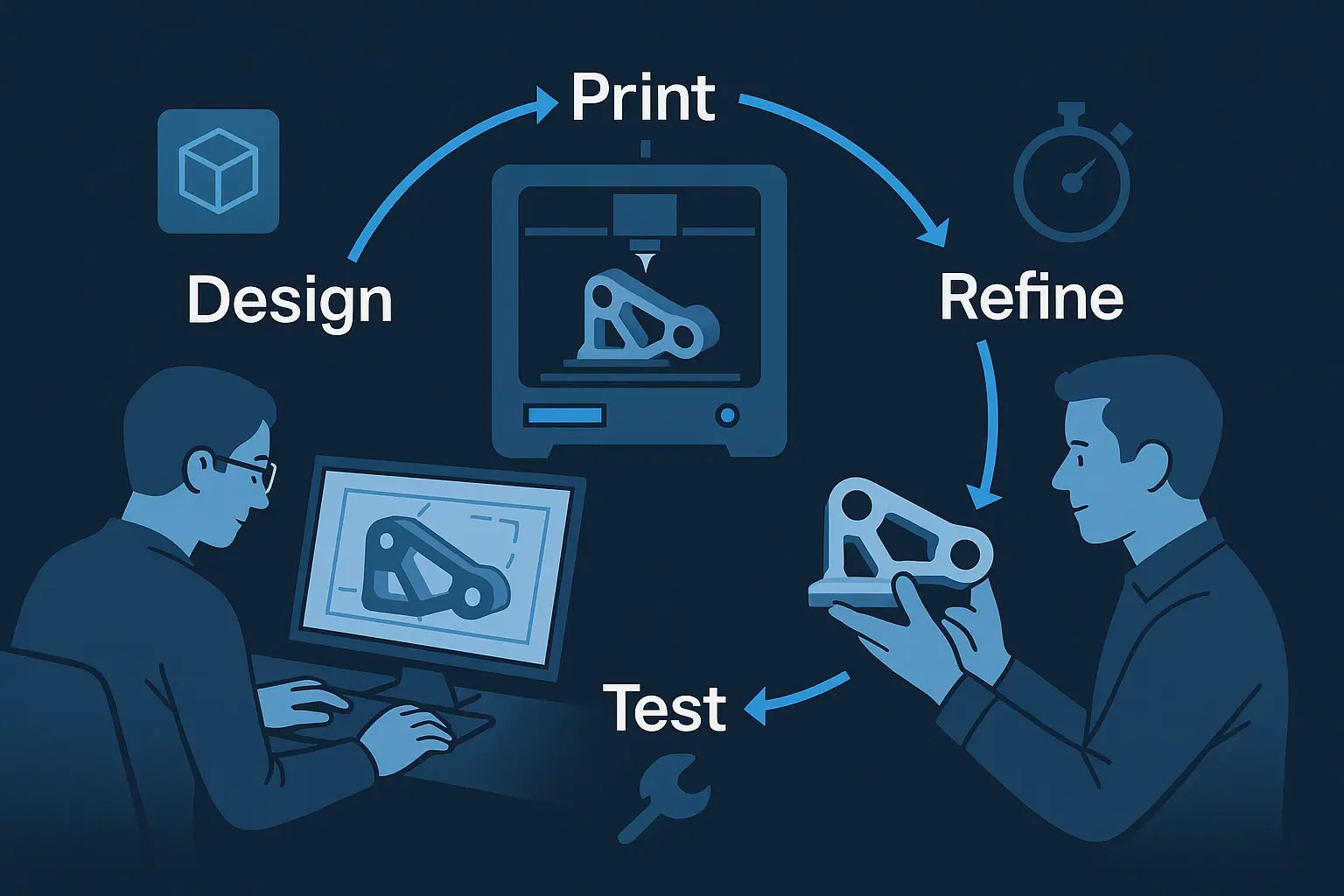
Other Rapid Prototyping Methods
CNC Prototyping
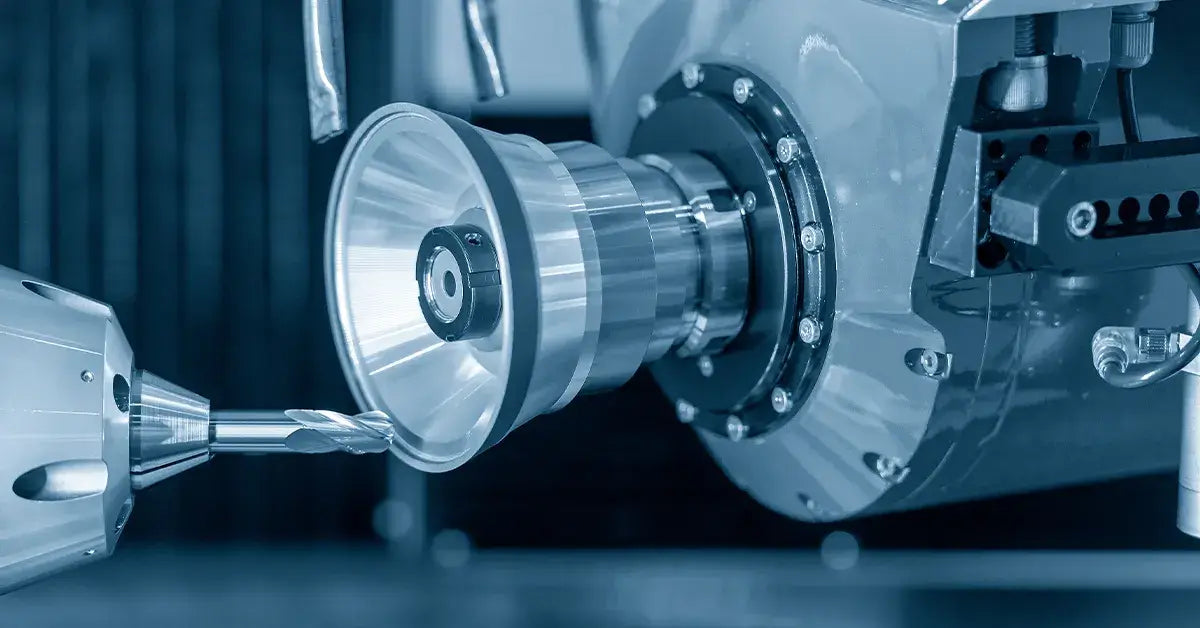
Injection Molding Prototyping
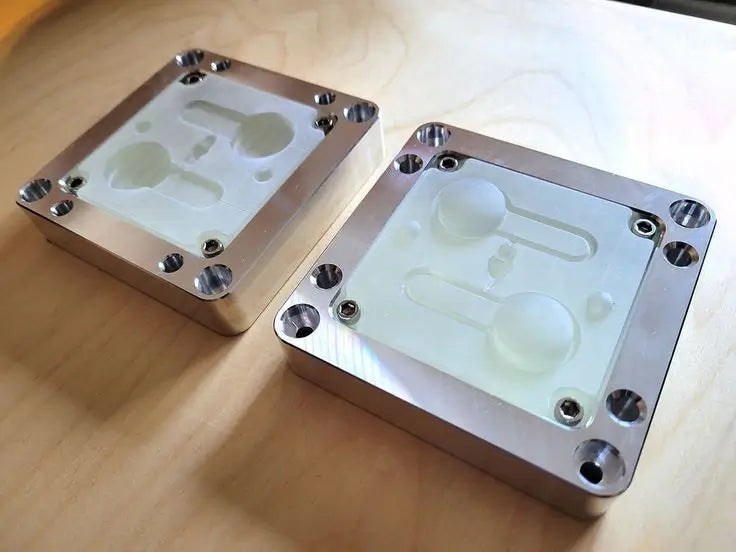
Handcrafted Models or Foam Mockups
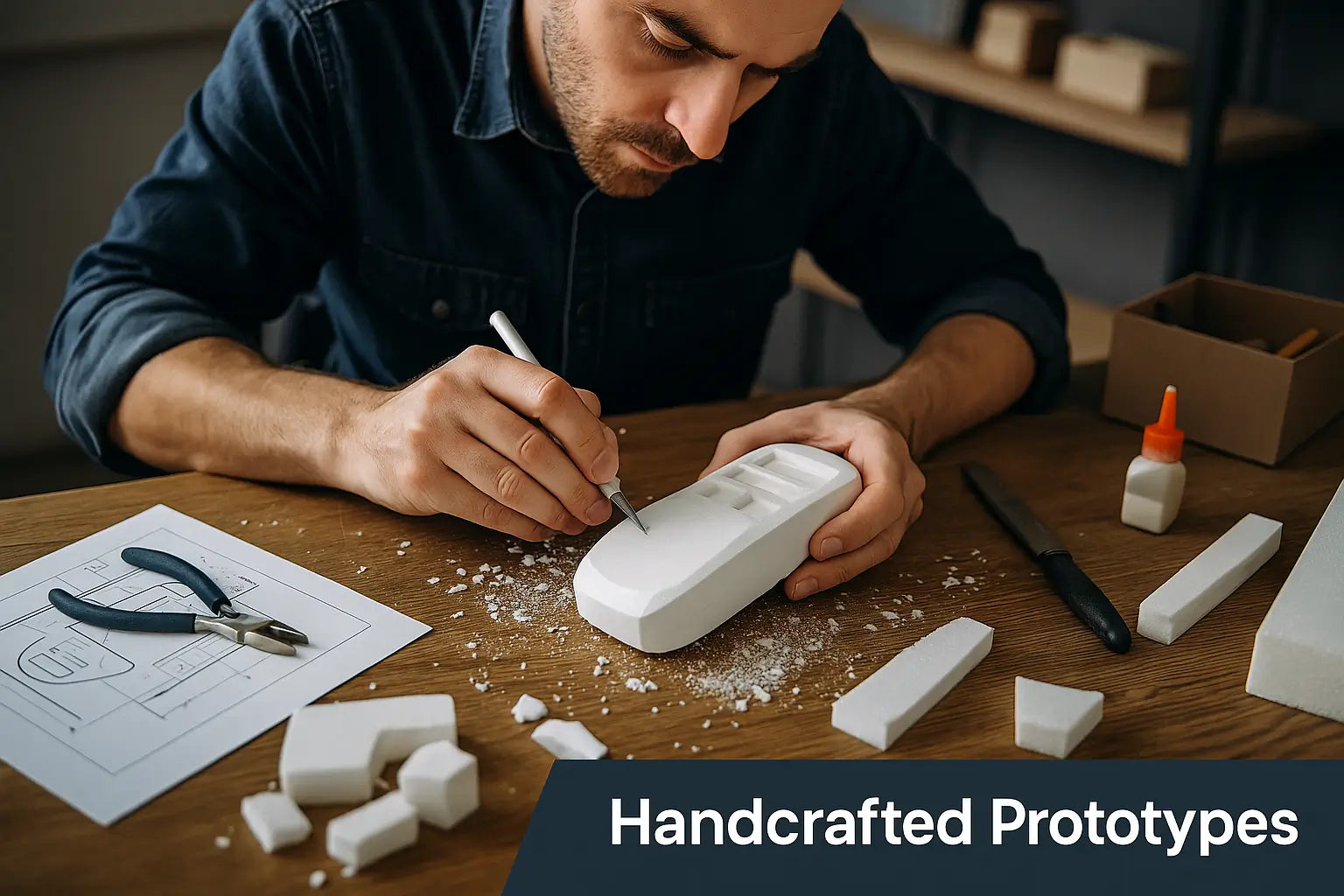
Industries That Benefit from 3D Prototyping
Medtech & Healthcare Devices
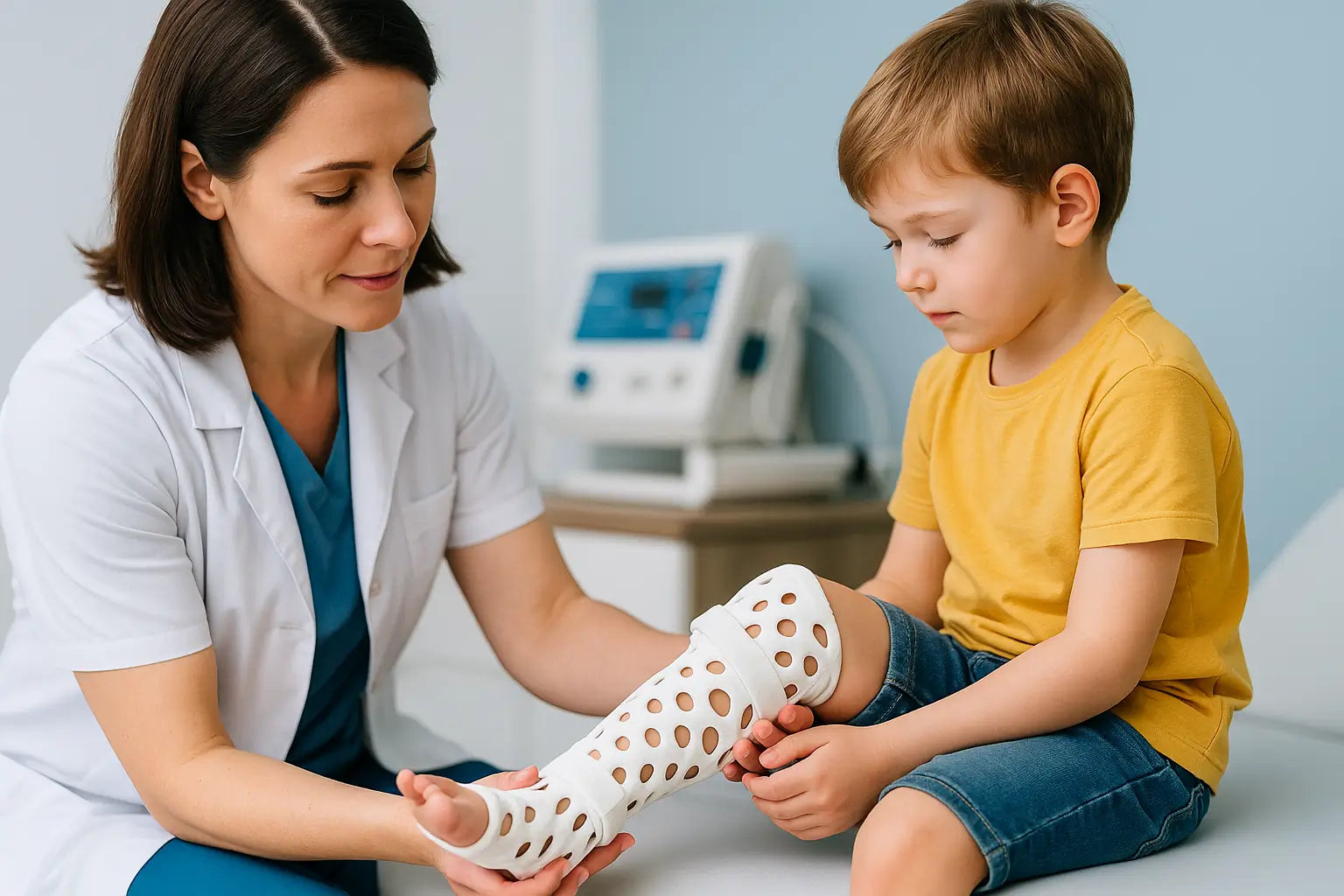
Consumer Electronics
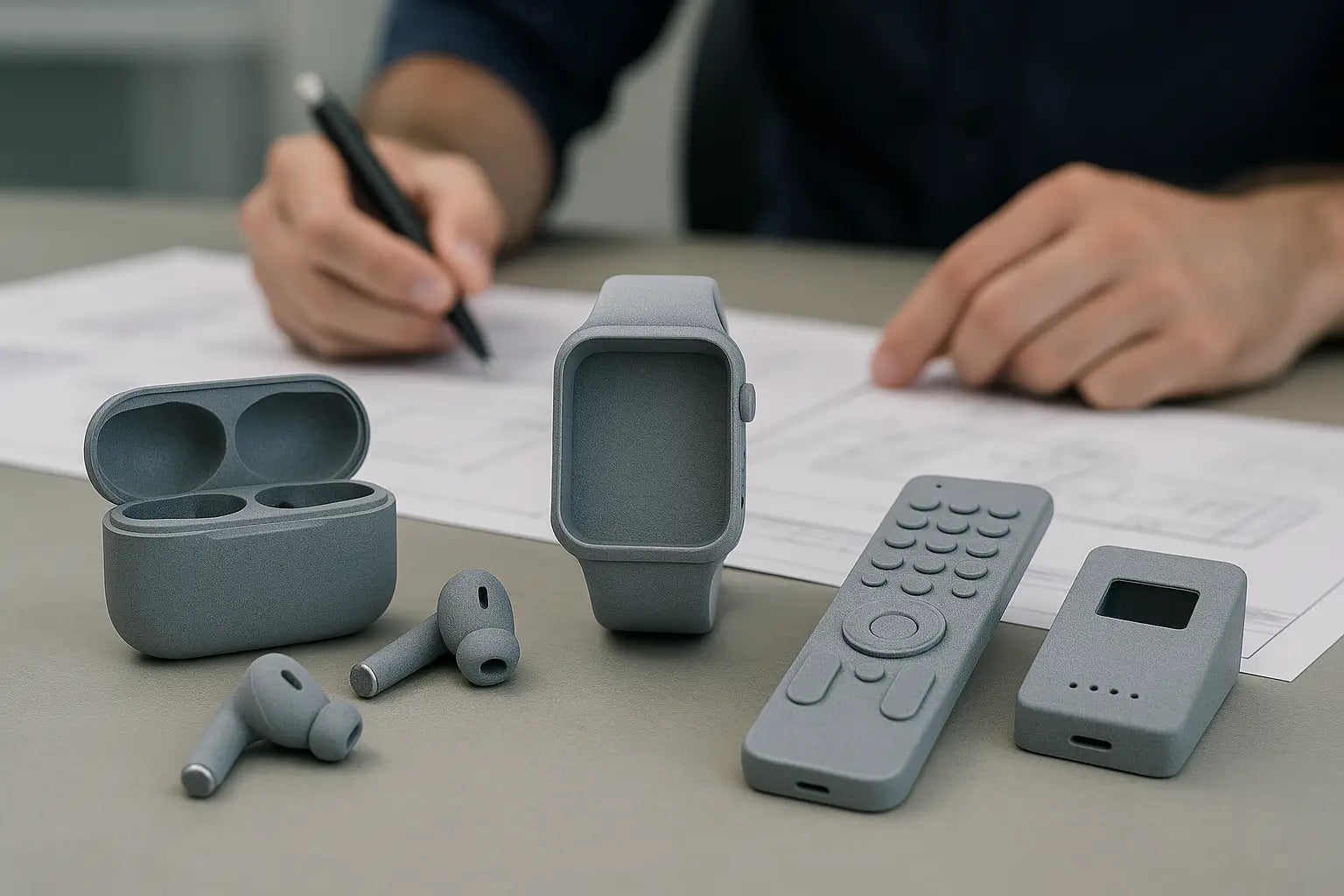
Industrial Equipment
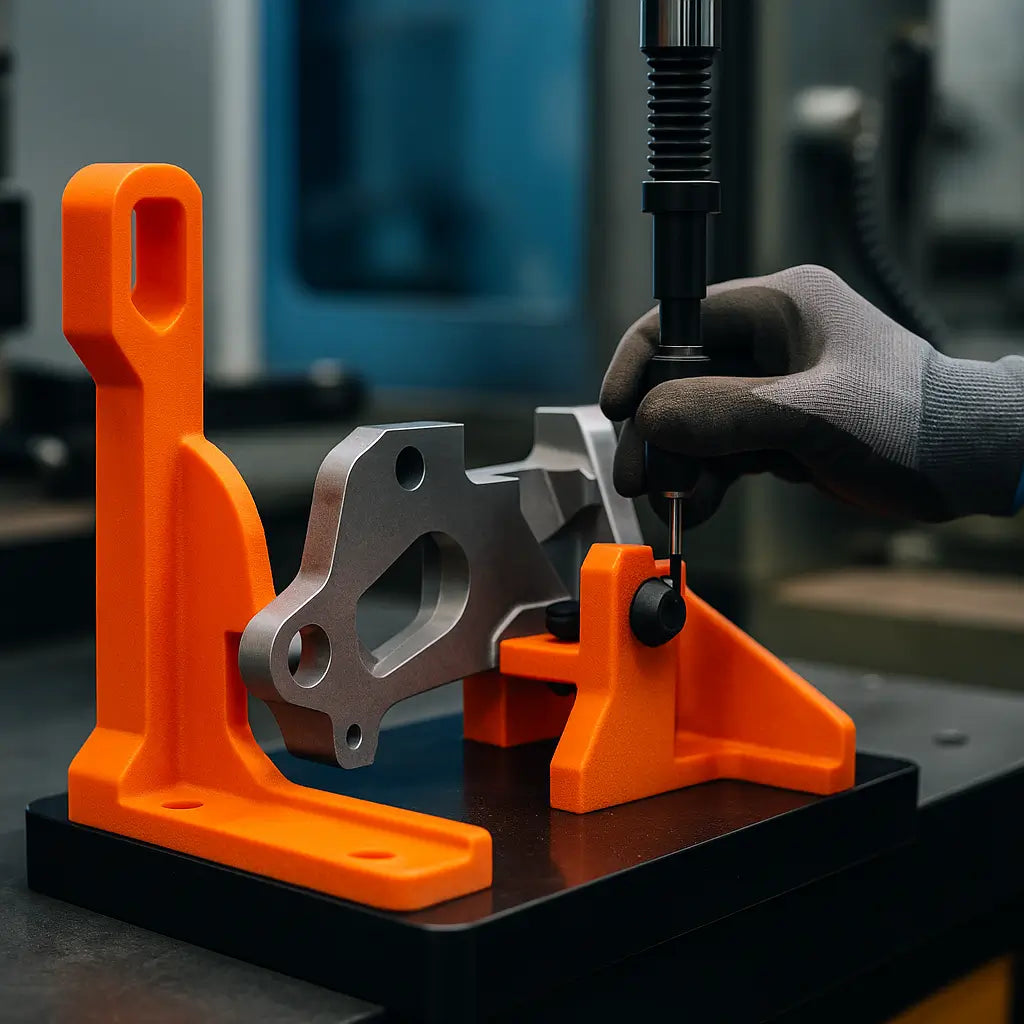
Automotive & Mobility
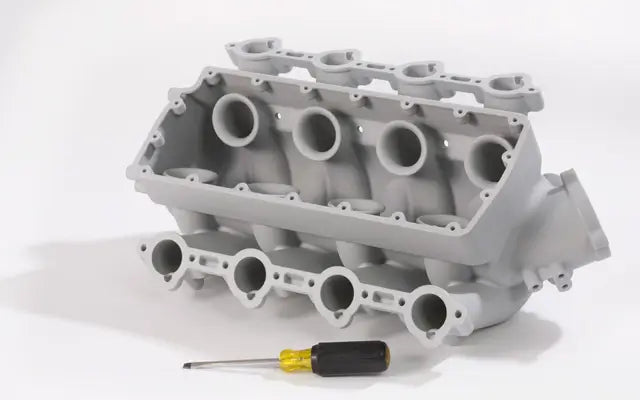
Branding & Visual Prototyping

Rapid Prototyping Examples & Case Studies
Case 1: Align: Scaling Custom Dental Models
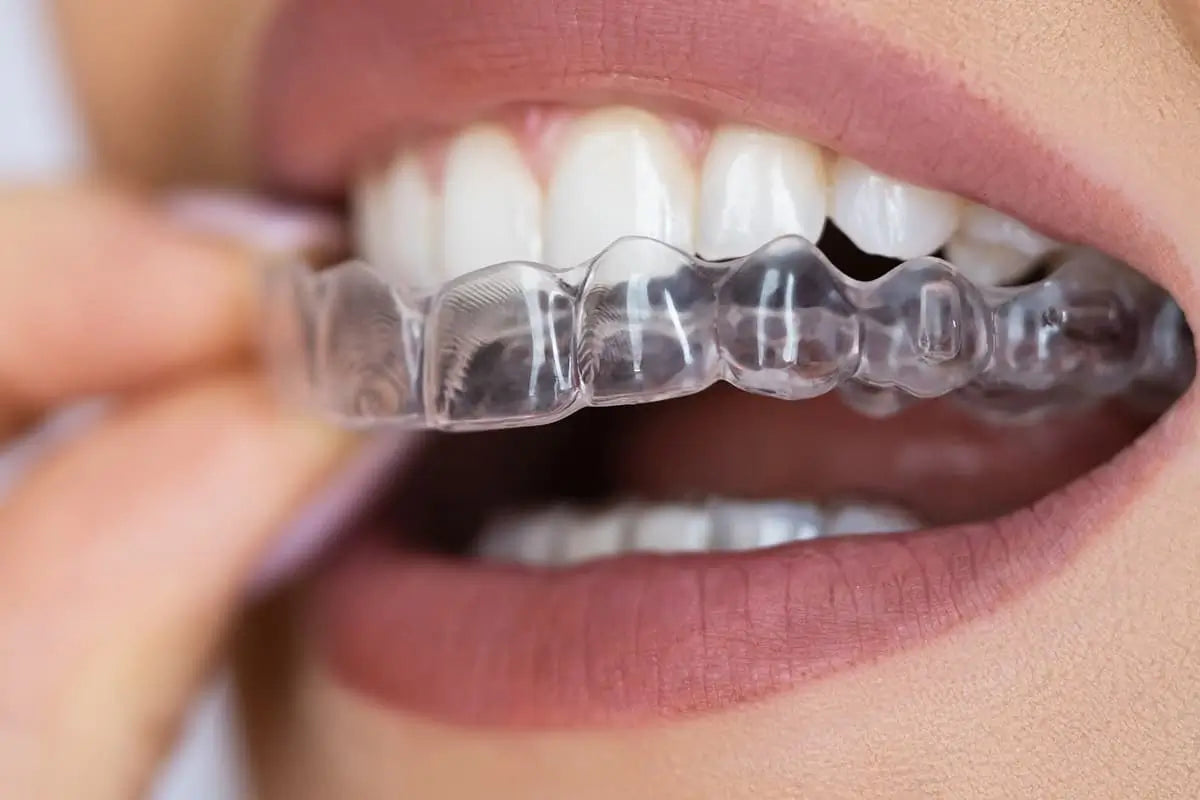
Case 2: Bosch: Faster Power Tool Testing
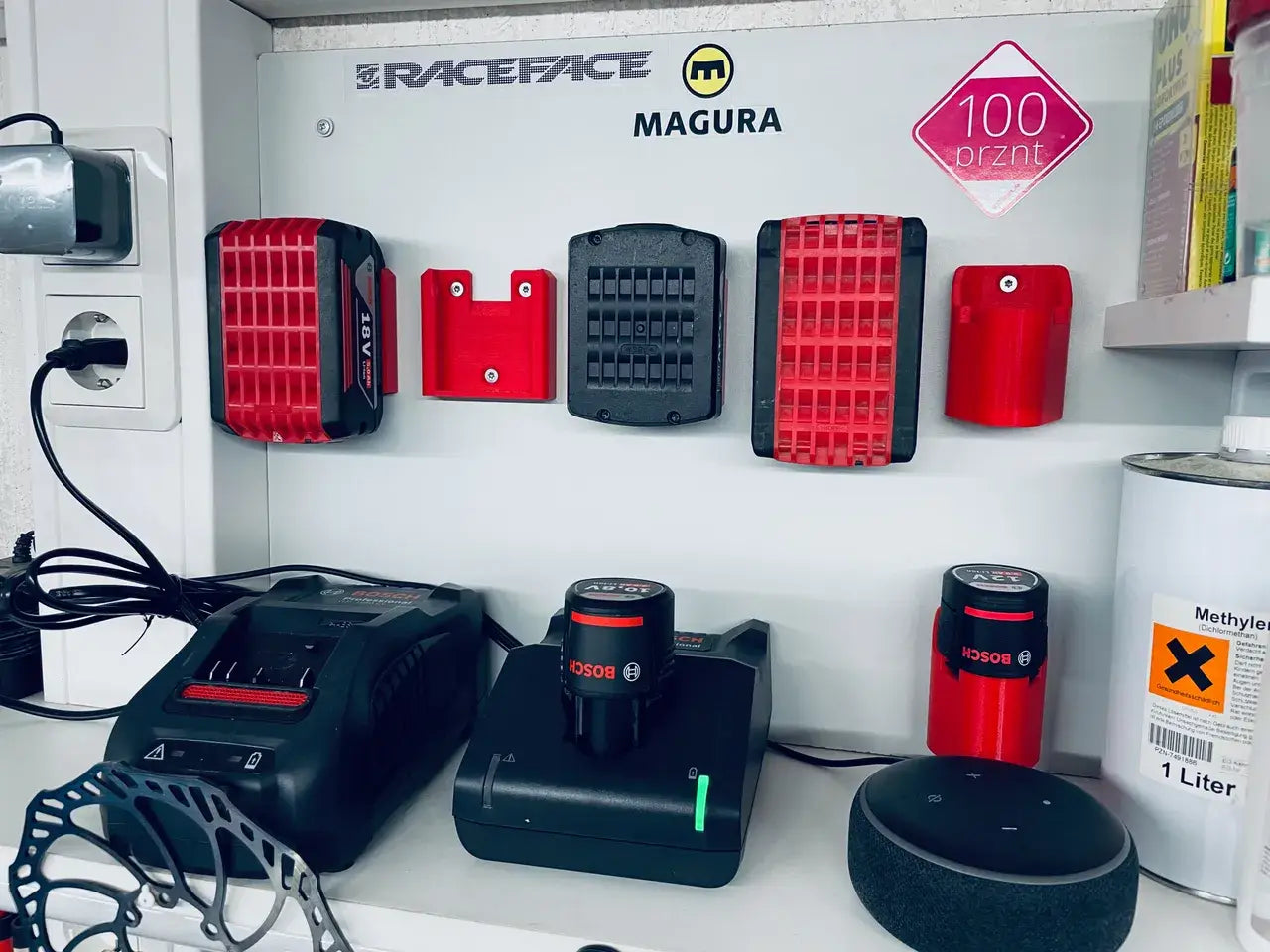
Case 3: Google ATAP: Wearable Iteration in Days
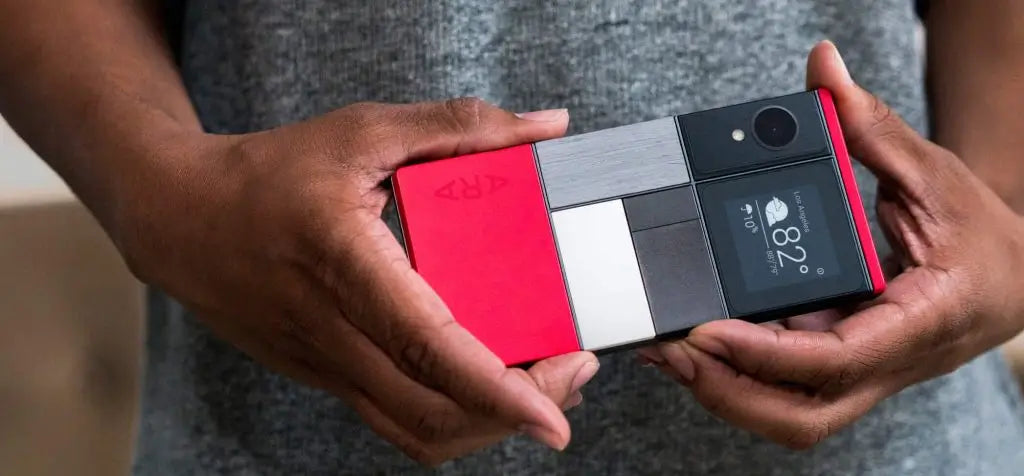
Case 4: Zellerfeld: Replacing Molds with 3D Printed Shoes
